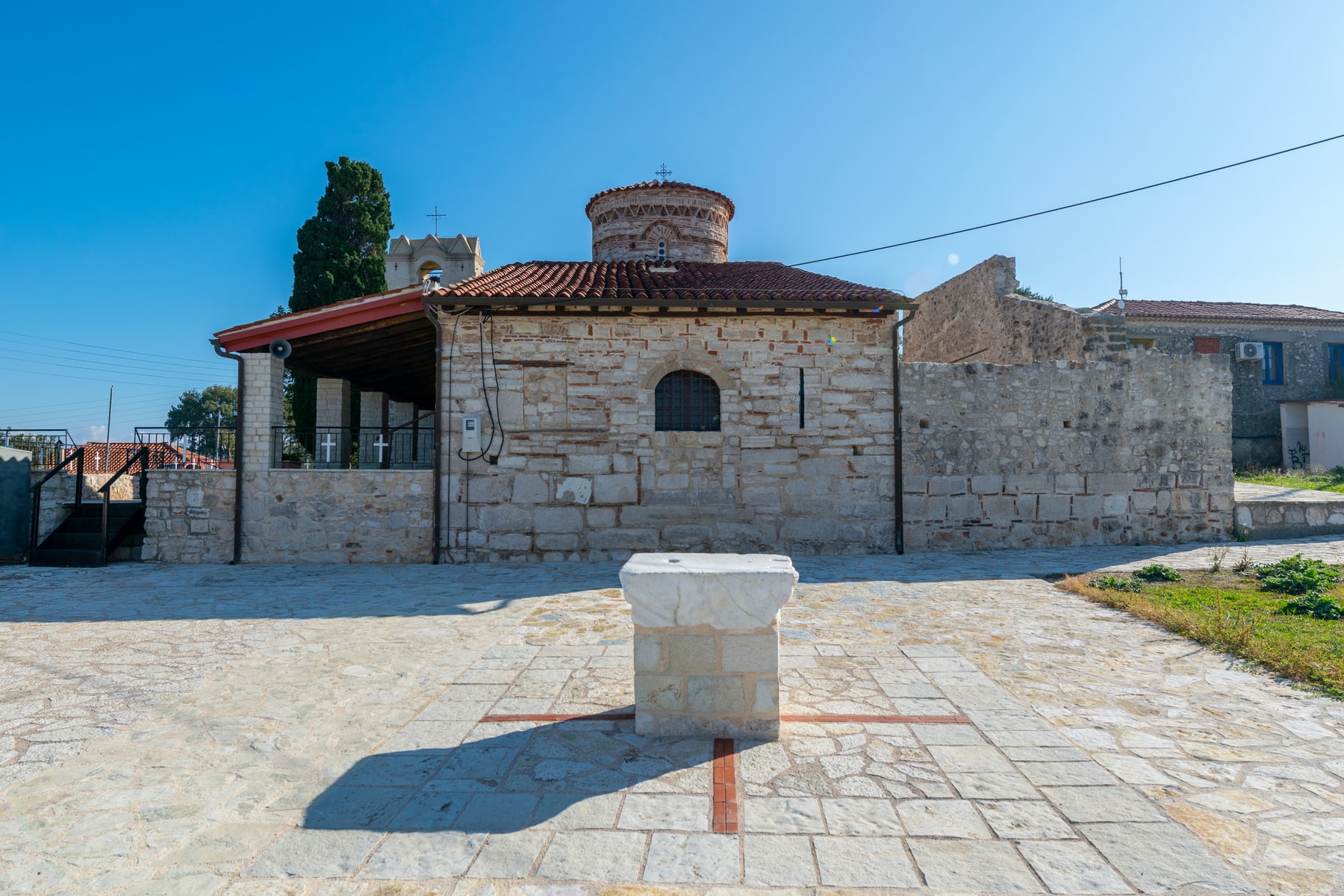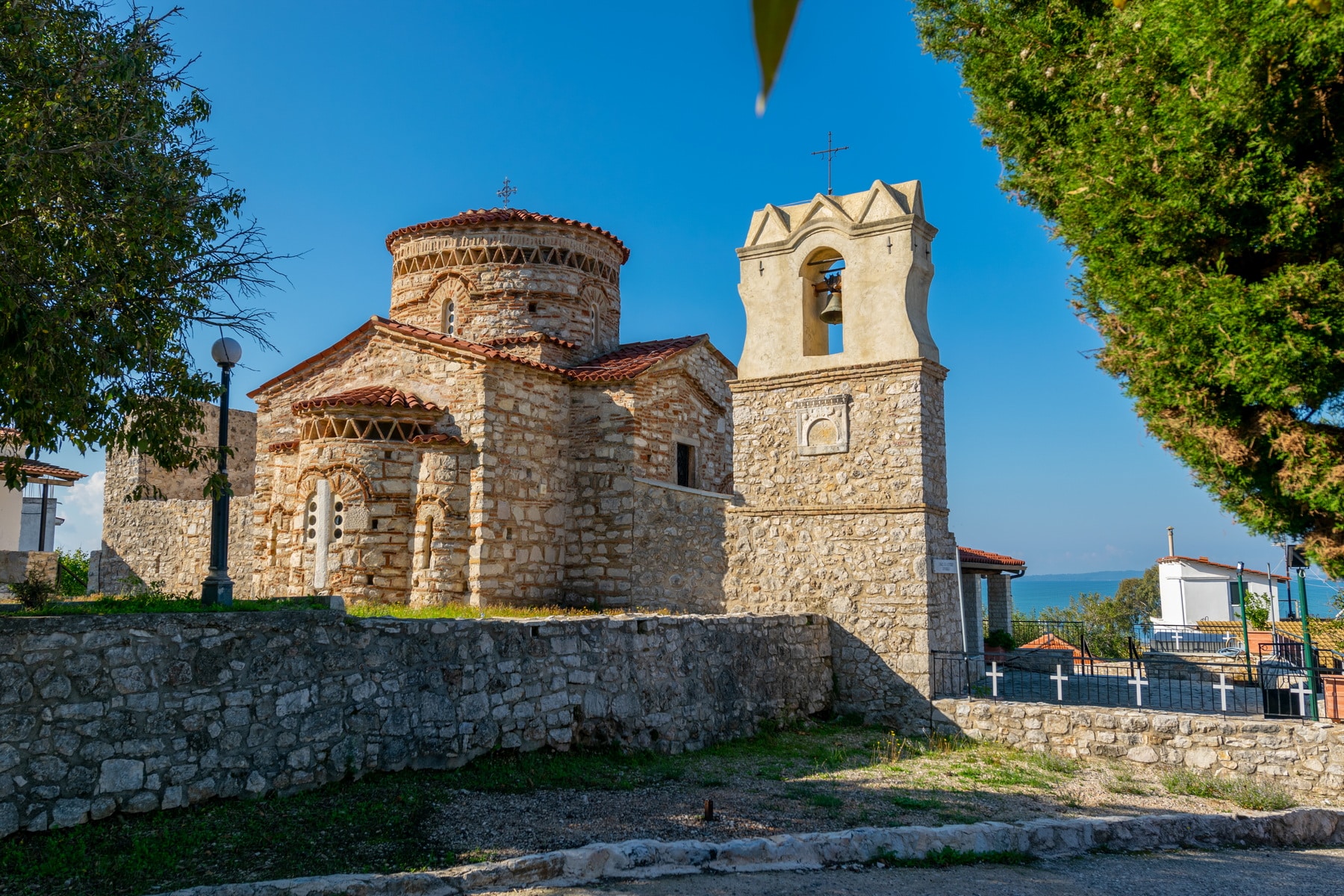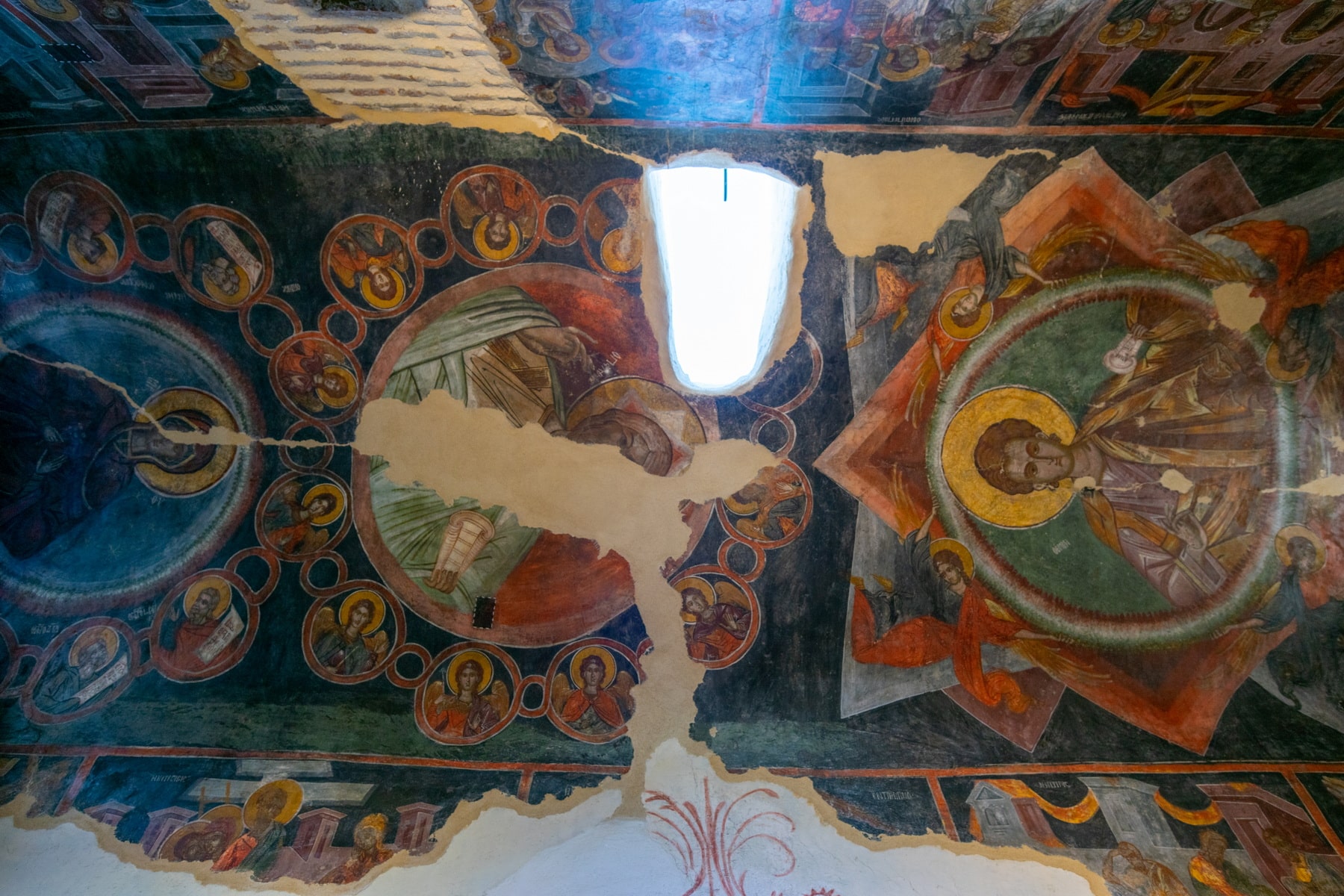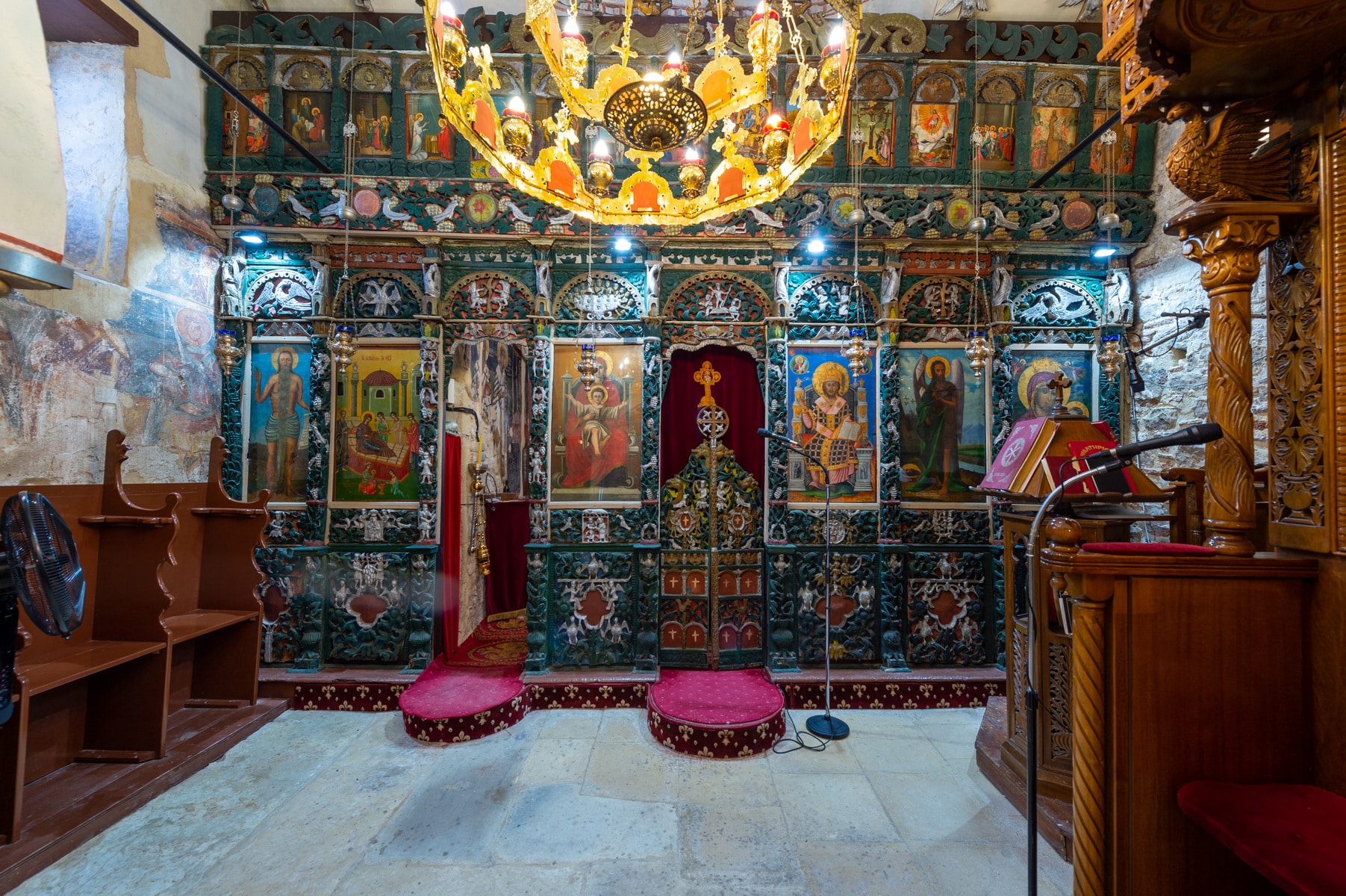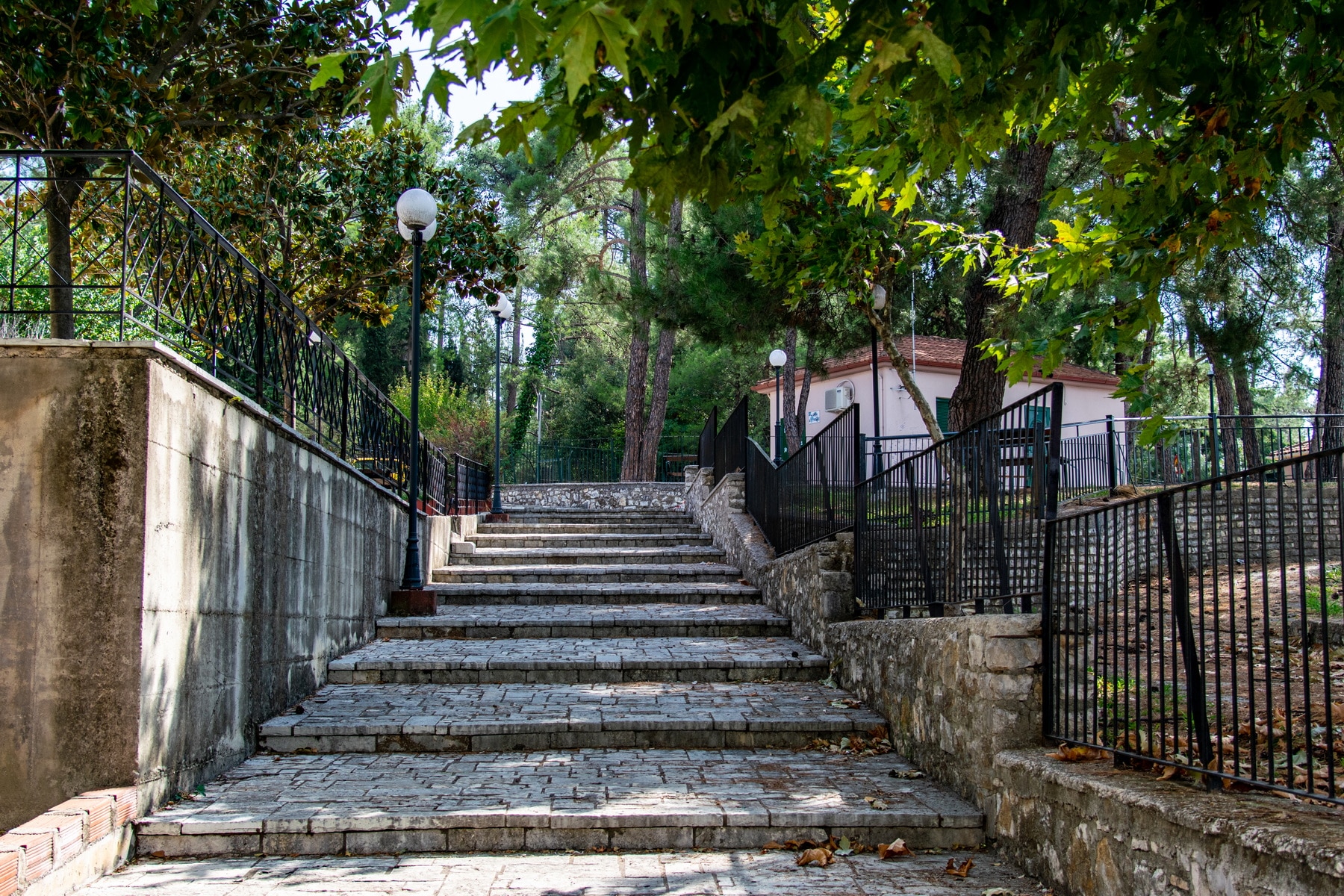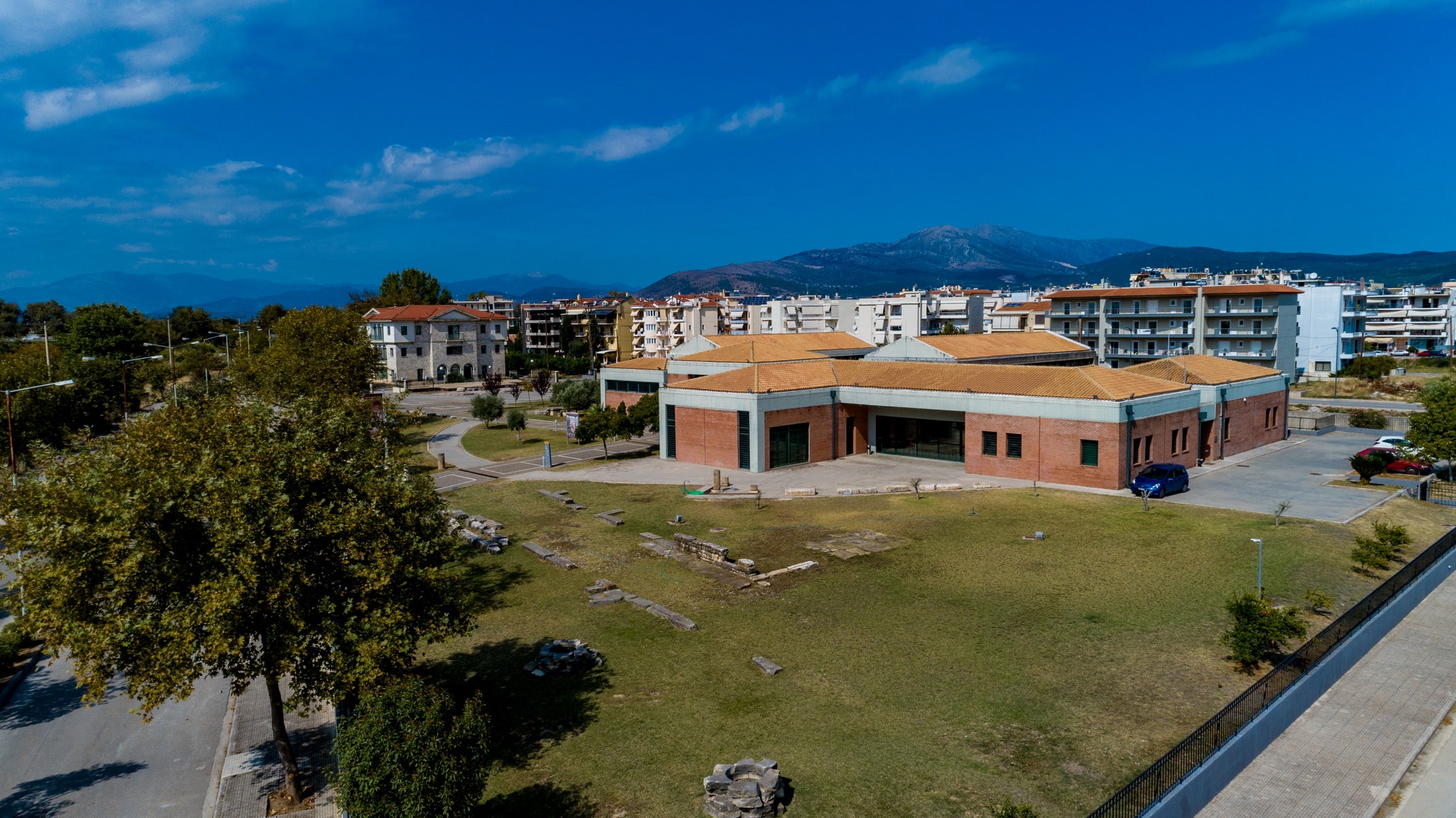The Genesis of the Virgin church dominates a prominent location of Koronisia, the rocky island which lies in the Amvrakikos Gulf, 25 km from the city of Arta. References found in old documents reveal that the church took the name “”of Koronisia”” or “”of Korakonisia”” or “”of Korakonisea”” from the islet.
Written sources and dating: Virgin Mary Koronisia church, the parish church of the homonymous community, was the katholikon (central church building) of a large monastery with a powerful presence in the area.
The oldest references to the monastery have been found in a gospel manuscript of the Great Cave of Kalavrita monastery, which belonged to Panagia of Koronisia, as it is attested by two notes preserved in its pages. The same notes refer to Nikitas Sgouropoulos, transcriber of the gospel, Meletios, abbot of Virgin Mary Koronisia monastery, and the year 1193. This important written source dates the monument before the 12th century.
Many textual sources in the Virgin Mary Koronisia monastery reveal its important role in the broader area of the Amvrakikos gulf. It is said that the monastery owned a large estate on the coast of Etoloakarnania and swallow breeding places in Amvrakikos Gulf. The Agia Paraskevi monastery in Myrtari, Vonitsa, is the monastery’s metochion (glebe), founded by Iona Giolma, the abbot of Koronisia monastery, at the end of the 17th century. P. Aravantinos, the chronicler of Epirus, and Serafeim Xenopoulos, Metropolitan of Arta, both mentioned the monastery of Panagia in the 19th century.
The architect A. Orlandos dated the monastery’s creation to the end of the 10th and the beginning of the 11th century, while the archaeologist P. Vokotopoulos has dated the monument at the end of the 10th century. The architectural elements of the katholikon support the same dating.
Architecture: The monument consists of the katholikon of the Genesis of the Virgin church, its outbuildings, and the bell tower, while an olive mill and the chapel of Saint Onoufrios lie in the surrounding area.
The temple’s current form is the result of many interventions. Initially, there was only the main church and the narthex. Later, the original narthex was integrated into the main temple for spaciousness, and a second narthex was added. At the same time, a portico was built on the north side.
Past scholars believe that the monument belongs to the rare type of semi-inscribed cruciform with a dome. It has, that is, a plan of a free cross which has one antenna protruding east and the rest of the western part is inscribed in a rectangle. However, the repair of the roof revealed new data that show that the original church was probably built in the type of the free cross with the cylindrical dome rising at the point where its antennas intersect.
However, whatever its original form, the fact is that the initial form of the church has been altered due to successive interventions.
Sculpture and painting decoration:
Inside the church, there is an interesting Early Christian altar built in the eastern niche of the sanctuary, which is considered to originate from one of the two early Christian basilicas excavated on the Kefalos island in Amvrakikos Gulf.
The original floor of the church was made of marble, as testified in 1437 by Kyriakos Agonievs, an Italian traveler, who actually mentions that a tombstone was reused as a slab of the floor. A marble slab from the old floor with the decorative theme of the five loaves of Bread is still preserved. The relief design was adorned with small pieces of colorful marble, now destroyed.
The columns and the ionic bases used as capitals are repurposed.
The painted decoration inside the church dates back to the second half of the 17th century. It is not maintained properly. As a result, there is discontinuity, and many existing scenes are indistinguishable.
Some of the representations are Virgin Mary Vlachernitissa in the sanctuary niche, the Annunciation, Pentecost and Divine Liturgy in the arch, and the Passion of Christ, which was probably depicted in the old narthex. The integration of the narthex in the temple’s central area is perhaps responsible for the rare case of painting in the roof’s arch. Despite the damage, there are three medals with Christ-Emmanuel and Virgin Mary on both sides and, most likely, Christ on the center.
The painter of the iconographic decoration is unknown.
Today, access to the church of Panagia Koronisia is effortless due to the road that connects the islet with the coast.



